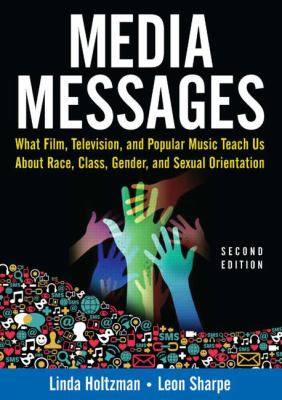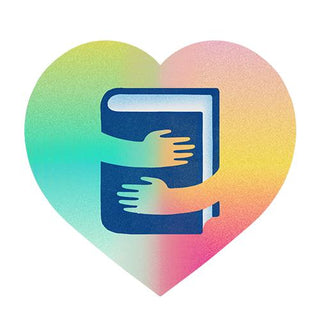Media Messages : What Film Television and Popular Music Teach Us about Race Class Gender and Sexual Orientation
- Unit price
- / per
-
Author:HOLTZMAN Linda / SHARPE Leon
-
ISBN:9780765617576
-
Publication Date:March 2014
-
Edition:2
-
Pages:558
-
Binding:Paperback
-
Publisher:Routledge
-
Country of Publication:United Kingdom


A Back Order button means that we don’t have the book in stock at our store. It may already be on order – or we can order it for you from a publisher or distributor at no additional cost.
As we source items from around the globe, a back-order can take anywhere from 5 days to several weeks to arrive, depending on the title.
To check how long this might take, you’re welcome to contact us and we can provide an ETA or any other information you need. We recommend checking the timeframe before committing to an online order.
Media Messages : What Film Television and Popular Music Teach Us about Race Class Gender and Sexual Orientation
- Unit price
- / per
-
Author:HOLTZMAN Linda / SHARPE Leon
-
ISBN:9780765617576
-
Publication Date:March 2014
-
Edition:2
-
Pages:558
-
Binding:Paperback
-
Publisher:Routledge
-
Country of Publication:United Kingdom
Description
Adding product to your cart
You may also like
A Back Order button means that we don’t have the book in stock at our store. It may already be on order – or we can order it for you from a publisher or distributor at no additional cost.
As we source items from around the globe, a back-order can take anywhere from 5 days to several weeks to arrive, depending on the title.
To check how long this might take, you’re welcome to contact us and we can provide an ETA or any other information you need. We recommend checking the timeframe before committing to an online order.
You may also like
You may also like
-
The new edition of this widely adopted book reveals how the popular media contribute to widespread myths and misunderstanding about cultural diversity. While focused on the impact of television, feature film, and popular music, the authors reach far beyond media to explore how our understanding, values, and beliefs about race, class, gender and sexual orientation are constructed. They analyse how personal histories, combined with the collective history of oppression and liberation, contribute to stereotypes and misinformation, as well as how personal engagement with media can impact prospects for individual and social freedom. Along with updated media examples, expanded theories and analysis, this edition explores even more deeply the coverage of race in two chapters, discusses more broadly how men and boys are depicted in the media and socialised, and how class issues have become even more visible since the Great Recession of the 21st century and the Occupy movements. Special activities and exercises are provided in the book and an online Instructor's Manual is available to adopters.
-
-
Author: HOLTZMAN Linda / SHARPE LeonISBN: 9780765617576Publication Date: March 2014Edition: 2Pages: 558Binding: PaperbackPublisher: RoutledgeCountry of Publication: United Kingdom
The new edition of this widely adopted book reveals how the popular media contribute to widespread myths and misunderstanding about cultural diversity. While focused on the impact of television, feature film, and popular music, the authors reach far beyond media to explore how our understanding, values, and beliefs about race, class, gender and sexual orientation are constructed. They analyse how personal histories, combined with the collective history of oppression and liberation, contribute to stereotypes and misinformation, as well as how personal engagement with media can impact prospects for individual and social freedom. Along with updated media examples, expanded theories and analysis, this edition explores even more deeply the coverage of race in two chapters, discusses more broadly how men and boys are depicted in the media and socialised, and how class issues have become even more visible since the Great Recession of the 21st century and the Occupy movements. Special activities and exercises are provided in the book and an online Instructor's Manual is available to adopters.-
Author: HOLTZMAN Linda / SHARPE LeonISBN: 9780765617576Publication Date: March 2014Edition: 2Pages: 558Binding: PaperbackPublisher: RoutledgeCountry of Publication: United Kingdom
-



